Content credit Ai
The Historical and Mythological Significance of Janmashtami
Janmashtami, also known as Krishna Janmashtami or Gokulashtami, commemorates the birth of Lord Krishna, who is revered in Hindu mythology as the eighth incarnation of Lord Vishnu. This celebration has profound historical and mythological significance as it marks the advent of a divine figure whose life story is pivotal to Hindu culture and religion. According to sacred texts, specifically the Bhagavata Purana, Krishna was born in the Dwapara Yuga to Devaki and Vasudeva in a prison cell in Mathura. His birth occurred at a time of chaos and oppression under the rule of his tyrannical uncle, King Kamsa.
The life and teachings of Krishna are encapsulated in the term “leelas,” divine play or actions that illustrate his monumental role in guiding humanity toward dharma (righteousness). His exploits as a child, teenager, and youthful adult, from stealing butter and playfully dancing with the Gopis in Vrindavan to delivering the sacred Bhagavad Gita to Arjuna on the battlefield of Kurukshetra, are ardently celebrated and revered. These stories not only embody spiritual teachings but also highlight the philosophy of love, duty, and devotion integral to Hinduism.
Historical accounts and scriptures indicate that the festival of Janmashtami has been celebrated for thousands of years, evolving in various ways across different regions of India. Ancient temples, texts, and stone carvings bear testimony to the enduring tradition. Traditionally, the midnight celebration of Krishna’s birth involves night-long vigils, devotional singing (bhajans), and scriptural recitations, which continue to be integral aspects of the festival. The occasion is marked by fasting until midnight followed by feasting on a variety of special foods, indicative of breaking the fast.
In contemporary times, Janmashtami celebrations have expanded globally, reflecting the universal appeal of Krishna’s teachings. While historical celebratory customs hold steadfast, modern adaptations include performances of Ras Leela (dramatic enactments of Krishna’s youthful adventures), community festivals, and digital congregations, aligning centuries-old traditions with the present era. Such practices ensure that the spiritual and cultural essence of Janmashtami remains vibrant and relevant, continuing to inspire devotion and moral reflection in the fast-paced modern world.
Traditional Celebrations and Rituals
Janmashtami is celebrated with profound reverence and joy, marking the birth of Lord Krishna. One of the core aspects of the traditional celebrations is the practice of fasting. Devotees often observe a day-long fast, breaking it only at midnight, the auspicious time of Krishna’s birth. This fast, known as Upavasa, is not just a physical abstinence but a means to attain spiritual purification. Alongside fasting, devotional singing or bhajan is an integral component of Janmashtami festivities. These devotional songs extolling the virtues and deeds of Lord Krishna create an atmosphere of piety and reverence, bringing communities together in a shared spirit of devotion.
The midnight celebration, or nishita kala, is the pinnacle of Janmashtami, commemorating the exact moment Krishna is believed to have been born. Temples and homes alike are adorned with vibrant decorations, including elegant floral arrangements, intricate rangoli designs, and glowing oil lamps. This visual splendor enhances the festive spirit and invites divine blessings into the household.
Another significant element of Janmashtami is the enactment of Krishna’s life stories, popularly known as Krishna Leela. These theatrical performances bring to life the various episodes from Krishna’s childhood, including his playful mischief, his battles with demons, and his divine miracles. Such enactments serve both as a form of entertainment and a means of imparting moral and spiritual lessons associated with Lord Krishna’s life.
Janmashtami’s celebrations vary widely across different regions of India and the global Indian diaspora. In Maharashtra, the event is marked by the Dahi Handi competition, where participants form human pyramids to break a pot of curd, symbolizing Krishna’s childhood pranks. In Gujarat and Rajasthan, temples like Dwarkadhish and Nathdwara become focal points for elaborate festivities. In South India, particularly in Tamil Nadu and Karnataka, homes are decorated with tiny footsteps representing Krishna’s entrance, signifying the arrival of the divine into their lives. The global Indian community also partakes in these traditions, adapting them to fit the context of their respective locales while keeping the spirit of Janmashtami alive.
Modern-Day Observances and Community Events
Janmashtami, the auspicious occasion celebrating the birth of Lord Krishna, has evolved into a vibrant blend of traditional and contemporary observances. In today’s society, this celebration transcends individual homes, permeating through numerous community events and public festivities, thus reinforcing a sense of communal harmony and shared cultural heritage.
Large-scale celebrations are a hallmark of Janmashtami, particularly in major temples and community centers across India and abroad. Temples such as the Dwarkadhish Temple in Gujarat, ISKCON temples worldwide, and the Krishna Janmabhoomi Temple in Mathura, witness grand festivities. Elaborate decorations, mesmerizing Krishna Leelas (enactments of Krishna’s life events), and inspiring bhajans (devotional songs) attract devotees in large numbers, offering an immersive spiritual experience. These events not only serve as a testament to the enduring relevance of ancient traditions but also facilitate cultural exchange and unity among participants.
A quintessential feature of Janmashtami celebrations, particularly in Maharashtra, is the Dahi Handi event. This tradition, which involves the formation of human pyramids to break a pot filled with curd, captures the playful and adventurous spirit of young Lord Krishna. Thousands gather to witness this spectacle, drawing both thrill and devotion in equal measure. Such events often receive sponsorship from local businesses and are extensively covered by media, underlining their significance in contemporary festivities.
The role of social media and online platforms in Janmashtami celebrations cannot be overstated. Live streaming of events, virtual participation in temple rituals, and online discourses by spiritual leaders have become commonplace. This digital engagement allows devotees from around the world to partake in the festivities, breaking geographical barriers and fostering a global devotional community. Online platforms also facilitate the sharing of creative expressions like art, music, and dance related to Janmashtami, thereby enriching the celebratory spirit.
In summary, modern-day observance of Janmashtami seamlessly blends technology with tradition. Public events, community engagements, and the widespread use of social media have transformed this ancient festival into a global celebration, resonating with both contemporary and traditional values. Through these evolving practices, the timeless essence of Janmashtami continues to inspire and unite devotees across the world.
The Spiritual and Philosophical Teachings of Lord Krishna
Janmashtami, the celebration of Lord Krishna’s birth, is not merely a festivity marked by rituals; it is a profound occasion that reinforces timeless spiritual and philosophical teachings. Central to these teachings are the principles expounded in the Bhagavad Gita, a sacred text where Lord Krishna imparts his wisdom to Arjuna on the battlefield of Kurukshetra. At the core of these lessons lie the concepts of karma (duty), dharma (righteousness), and bhakti (devotion), each of which carries significant relevance in the contemporary world.
One of the primary teachings of Lord Krishna is the concept of karma. Krishna emphasizes the importance of performing one’s duties without attachment to the outcomes. This principle encourages individuals to put forth sincere effort in their endeavors while surrendering the results to the divine will. In modern times, this teaching can serve as a reminder that focusing on effort rather than outcome can lead to a more balanced and stress-free life.
Closely linked with karma is dharma, which underscores the importance of righteous conduct and moral responsibilities. Krishna exhorts Arjuna to follow his dharma as a warrior, which means fighting for justice and righteousness. Today, adhering to one’s dharma translates to living with integrity, adhering to ethical principles, and contributing positively to society, thereby fostering an environment of trust and respect.
The path of bhakti, or devotion, is another pivotal aspect of Krishna’s teachings. Bhakti emphasizes a personal, loving relationship with the divine. It advocates for dedicating actions and thoughts to the supreme, fostering a sense of unity and purpose. In a world increasingly characterized by material pursuits and existential stress, the practice of bhakti can offer solace and a deeper sense of connection to something greater than oneself.
Incorporating these teachings into daily life can transform Janmashtami from a ritual celebration to a practical guide for personal growth and spiritual elevation. By embracing the principles of karma, dharma, and bhakti, individuals can navigate life’s challenges with greater wisdom, ethical clarity, and inner peace, thereby making Janmashtami a continual reminder of their spiritual aspirations and responsibilities.

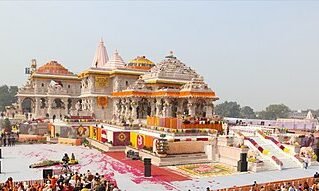
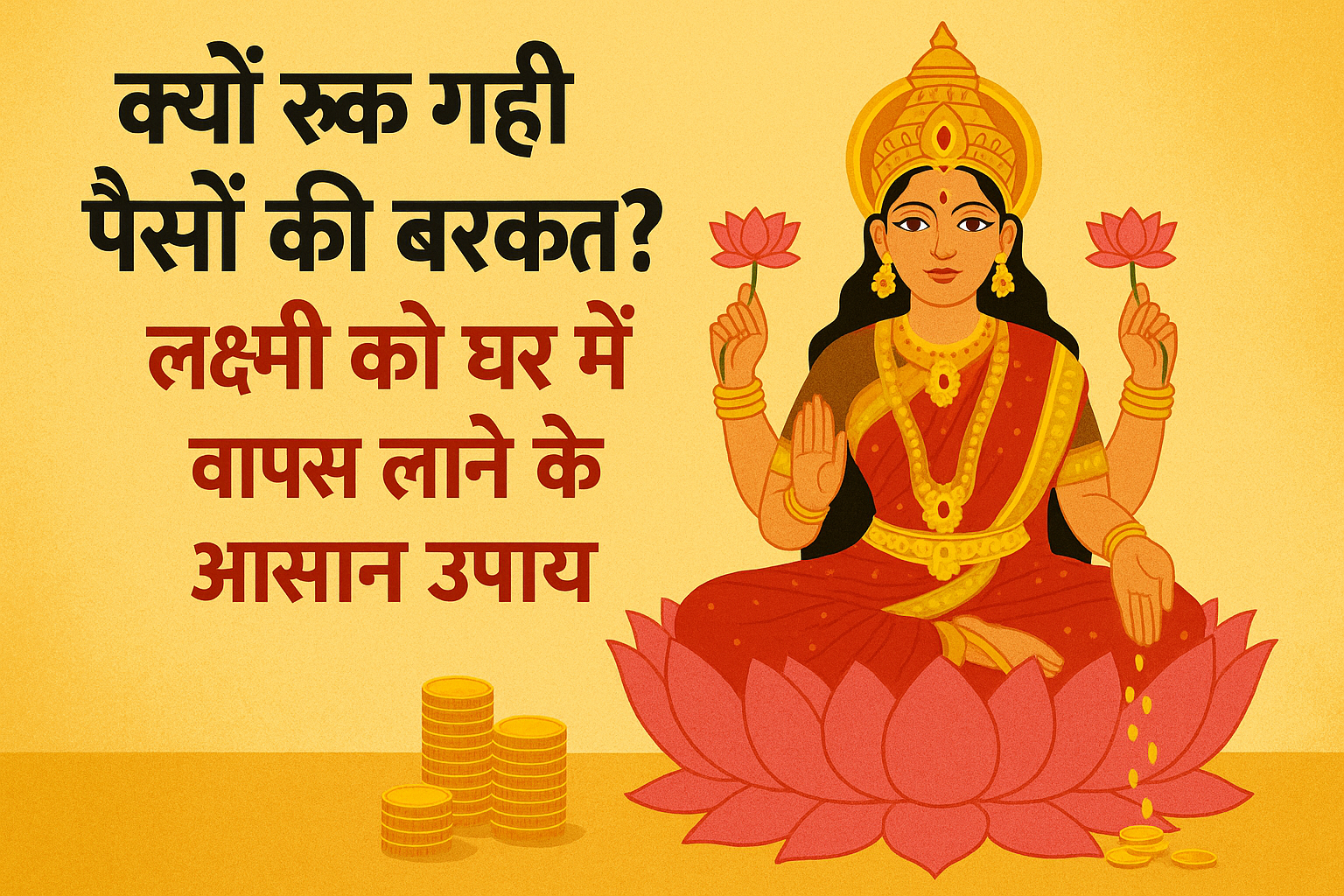
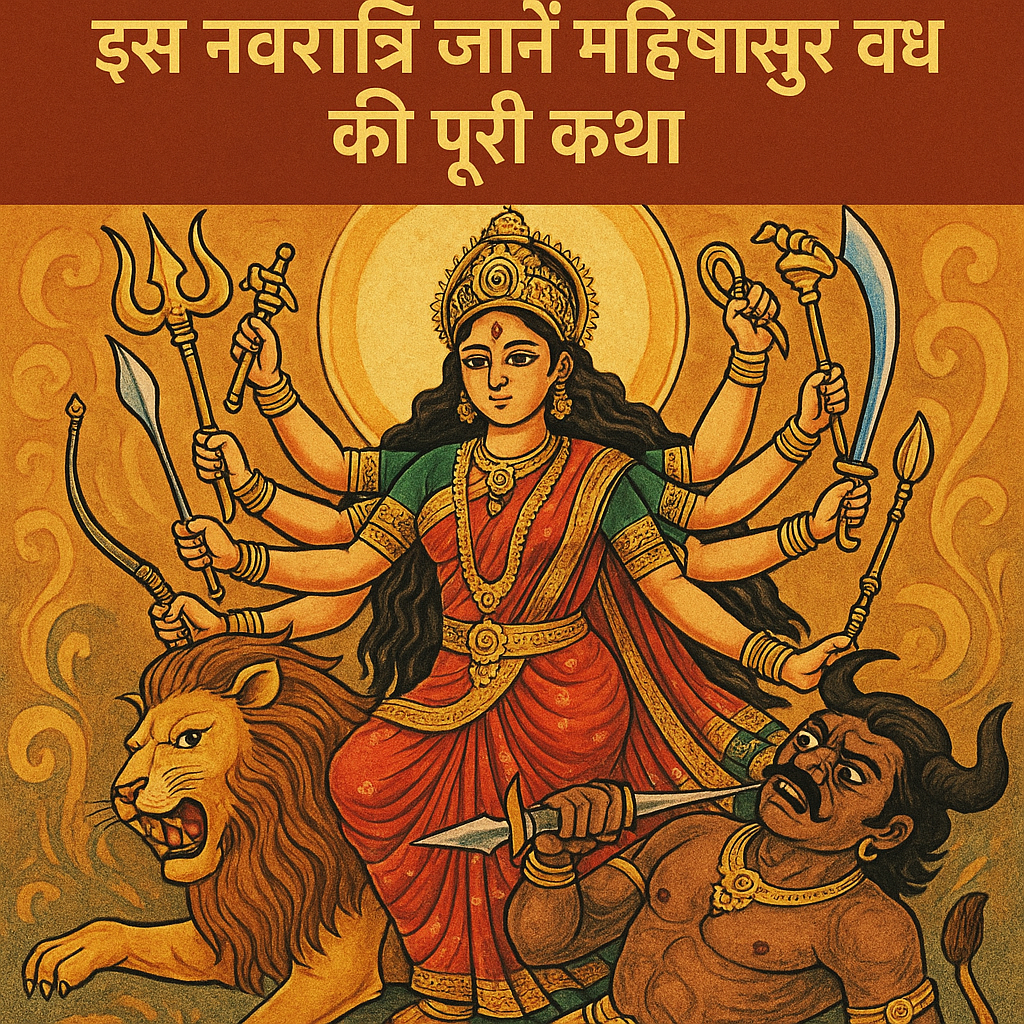
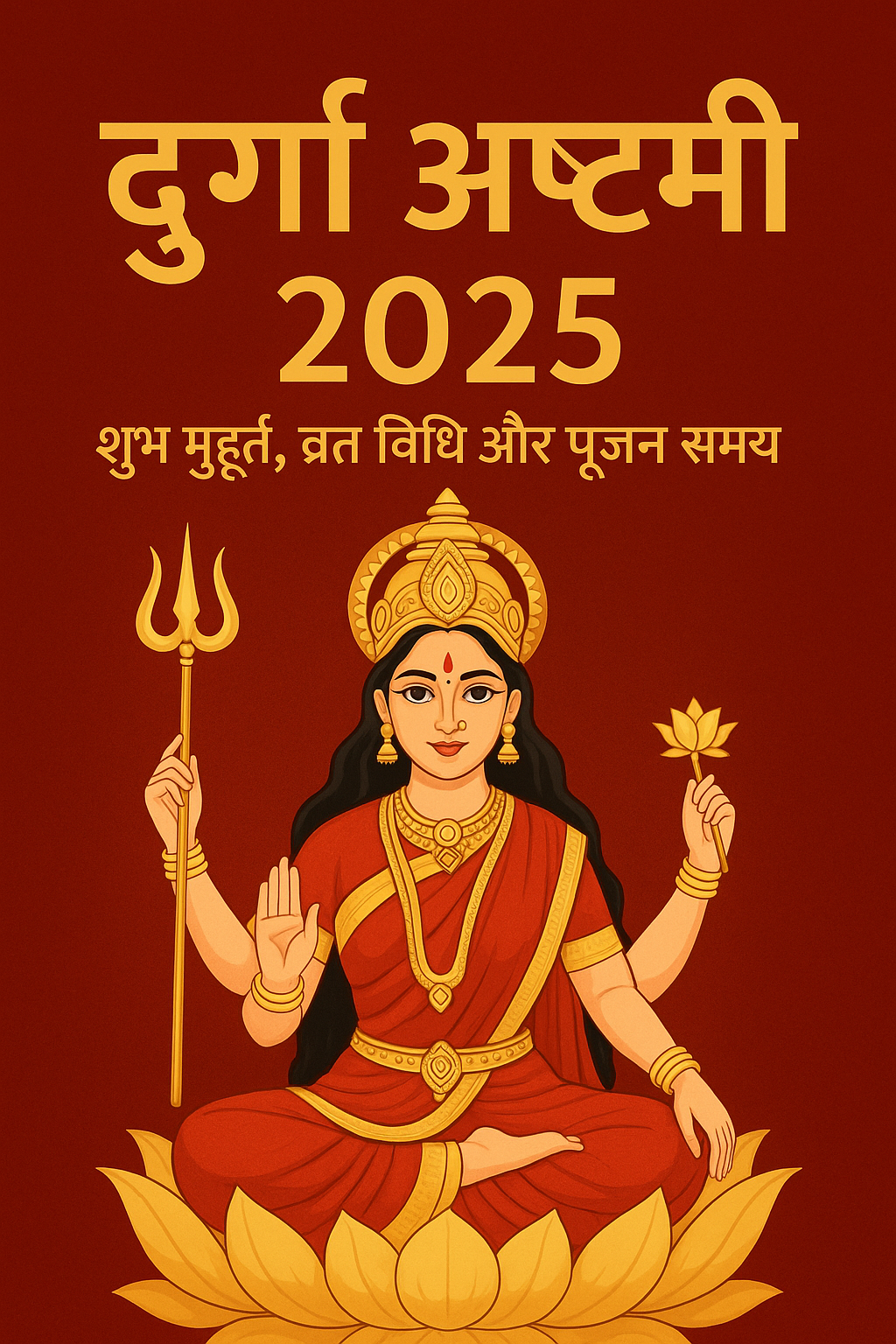
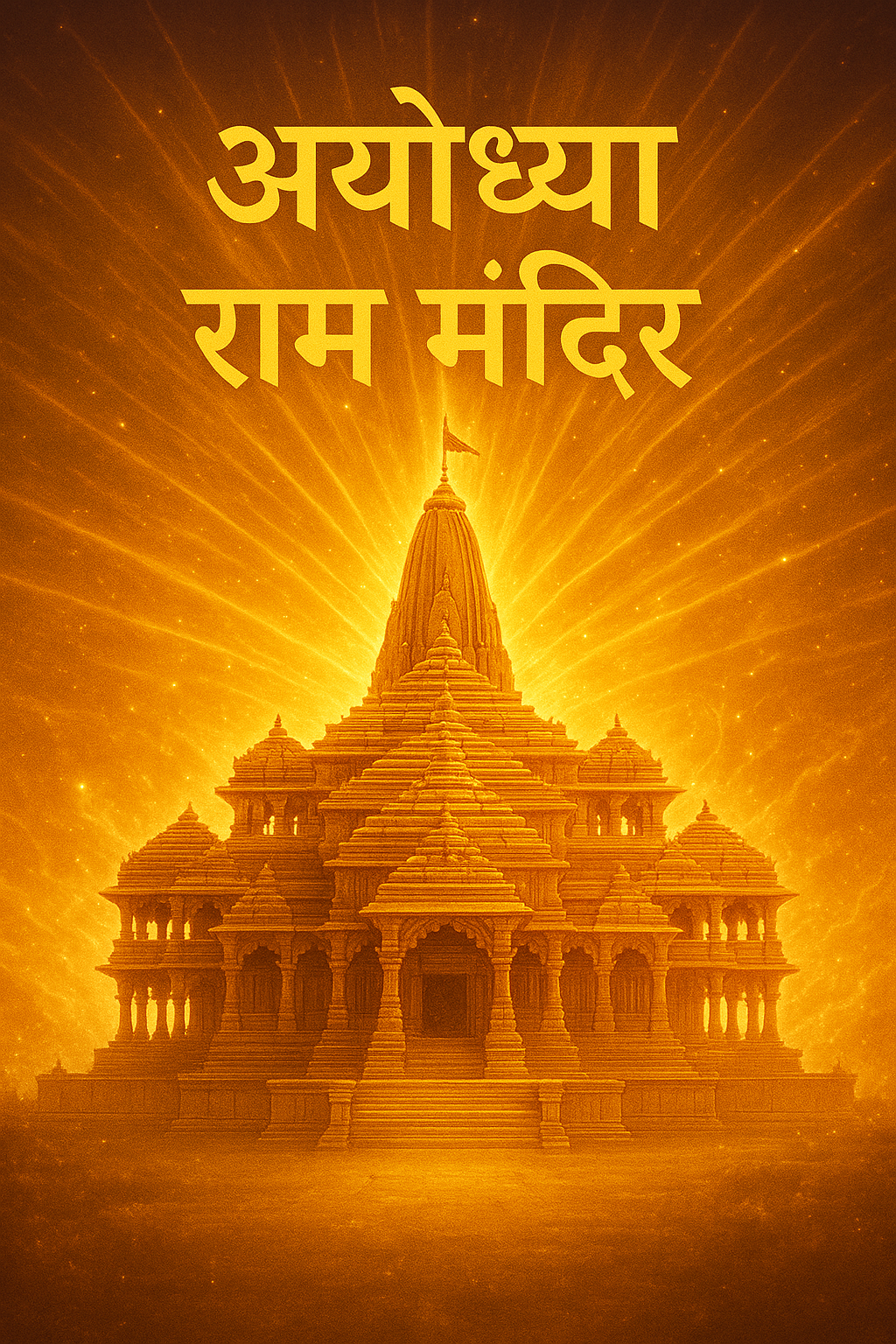
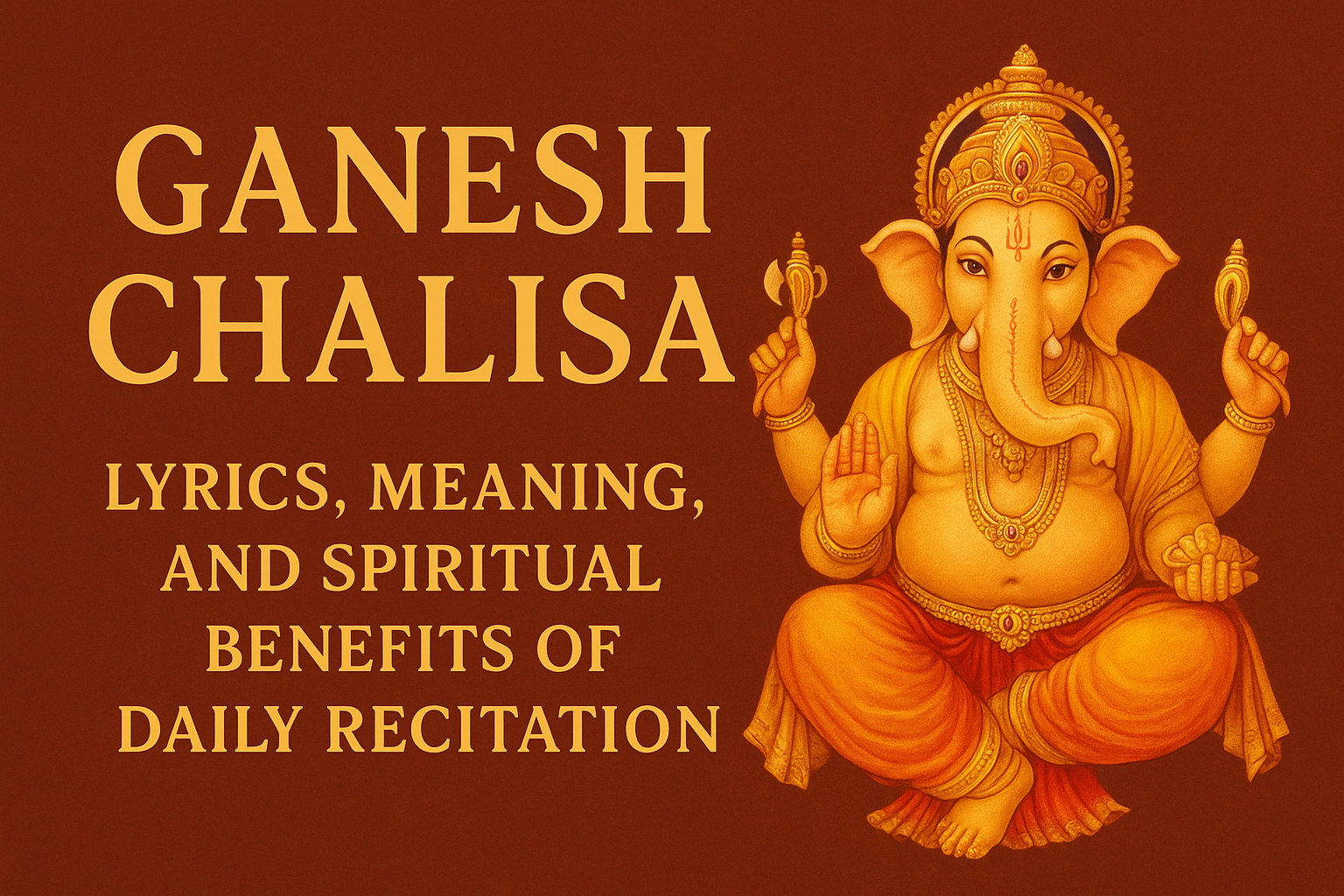

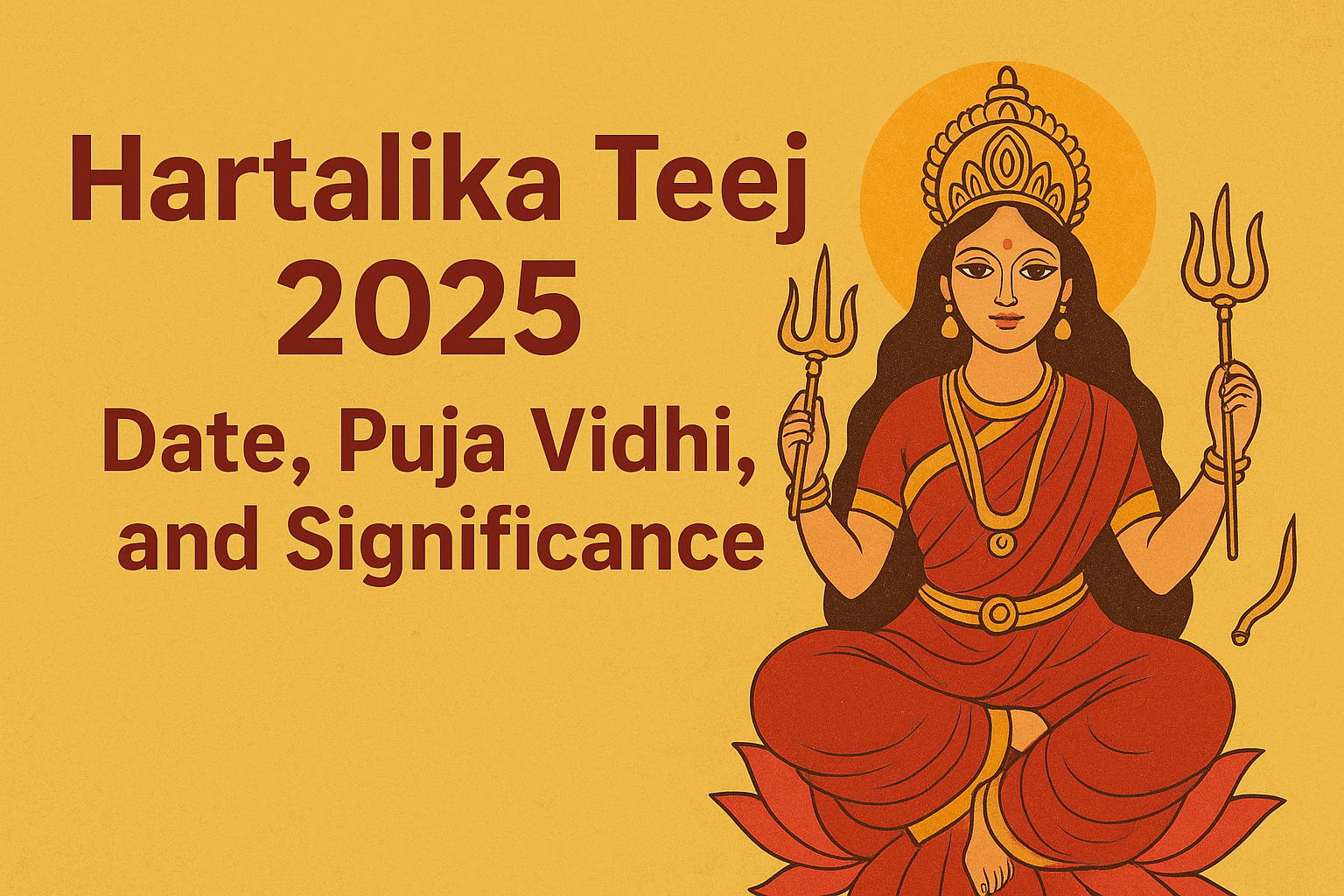
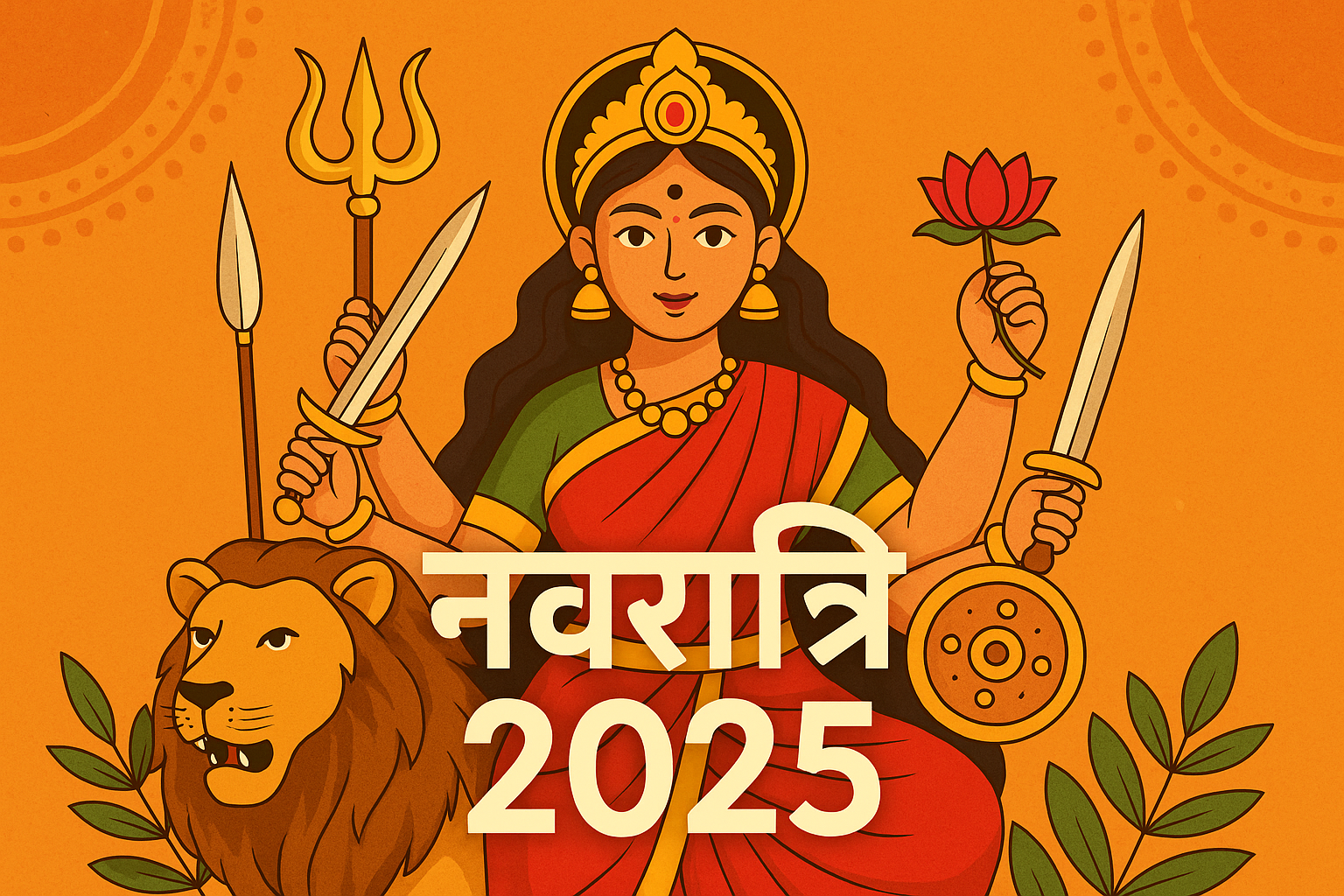
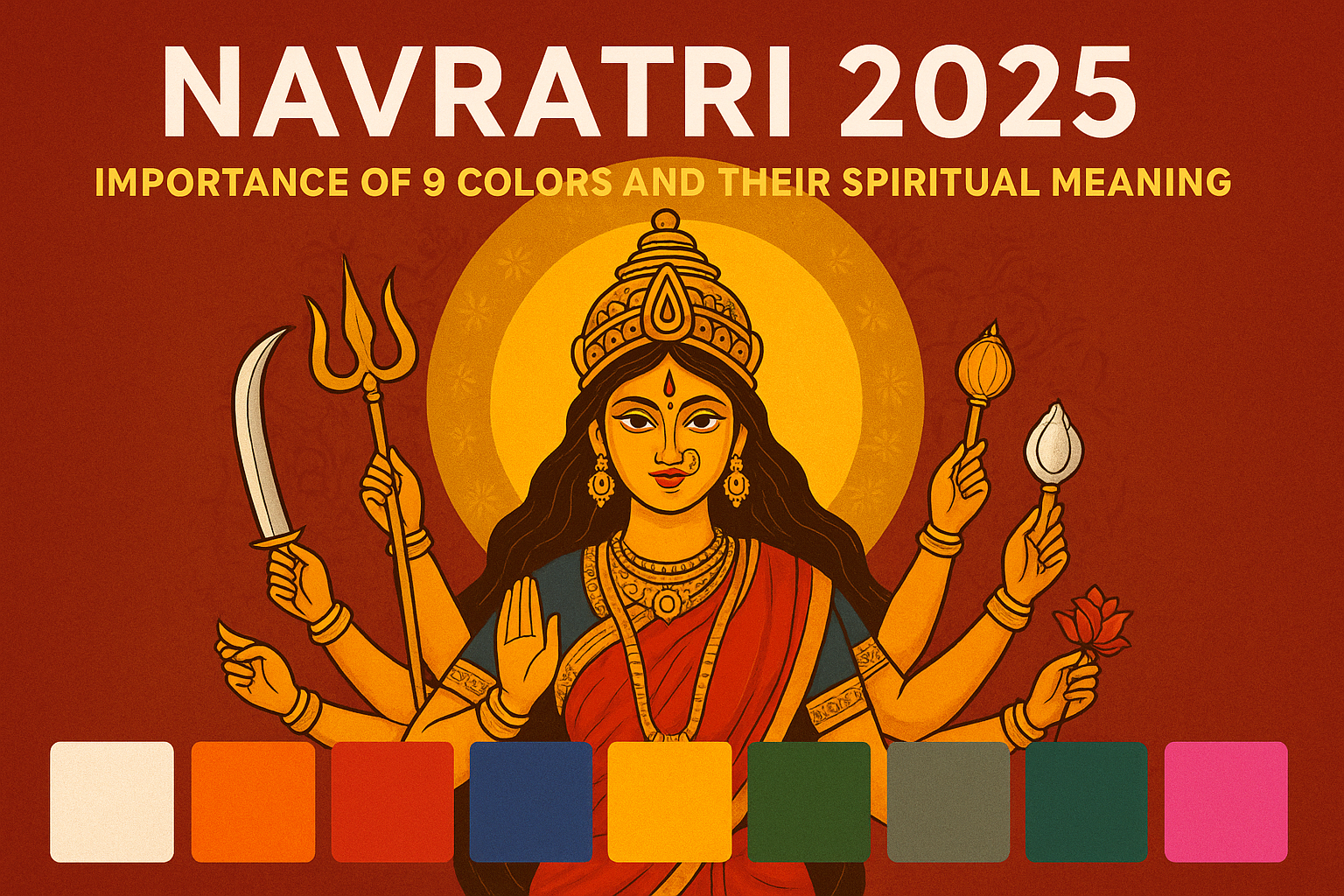
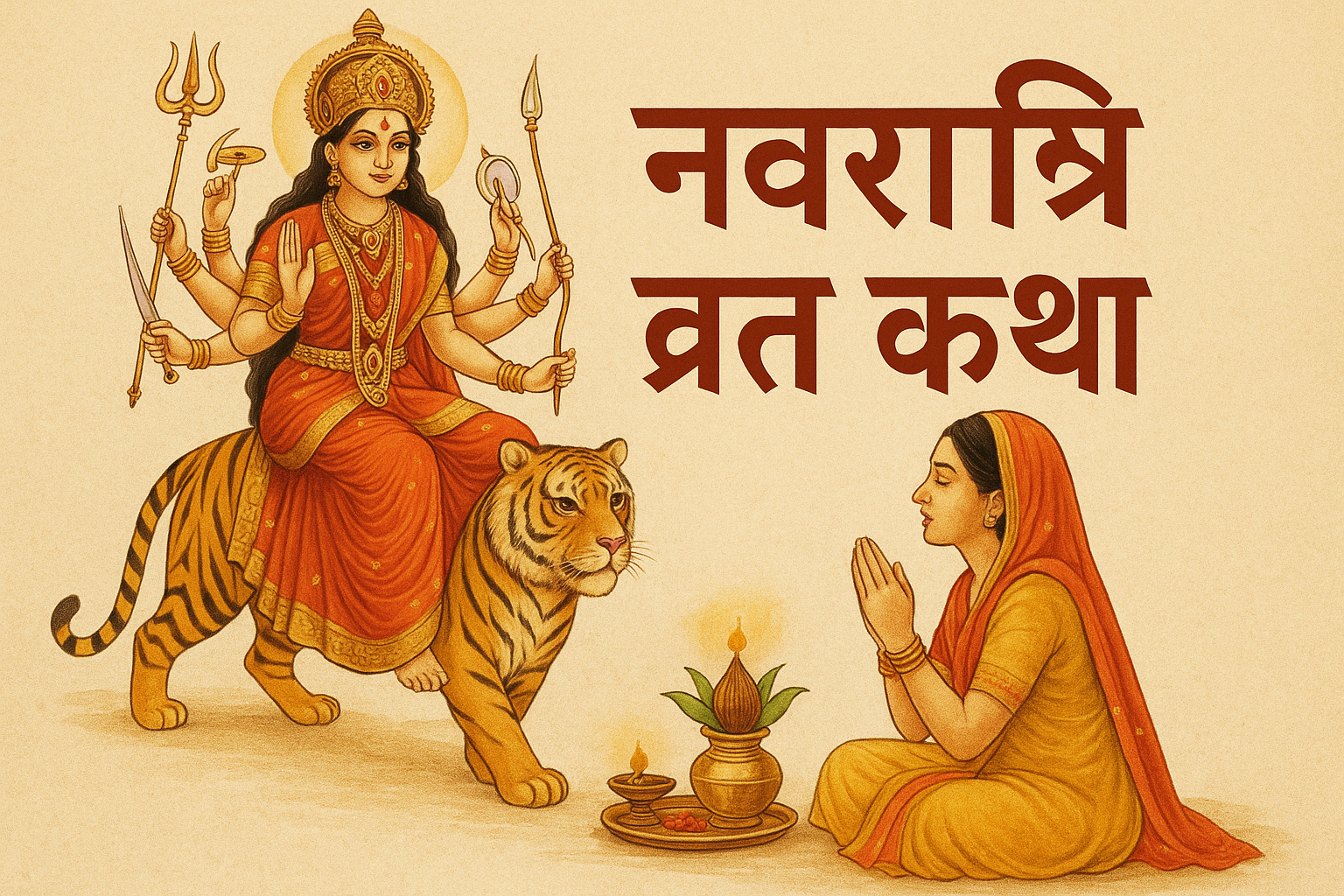


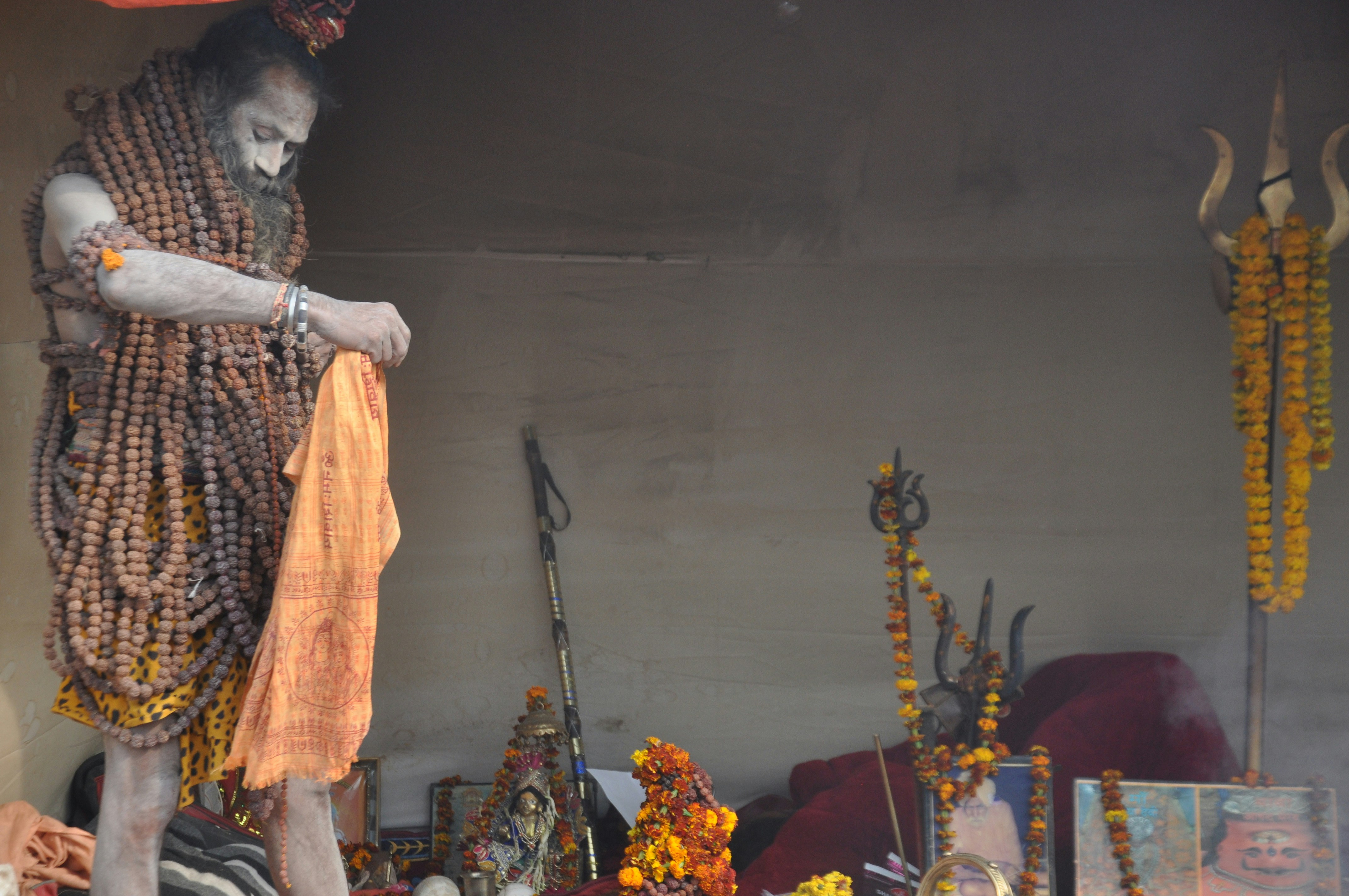

Leave a Reply